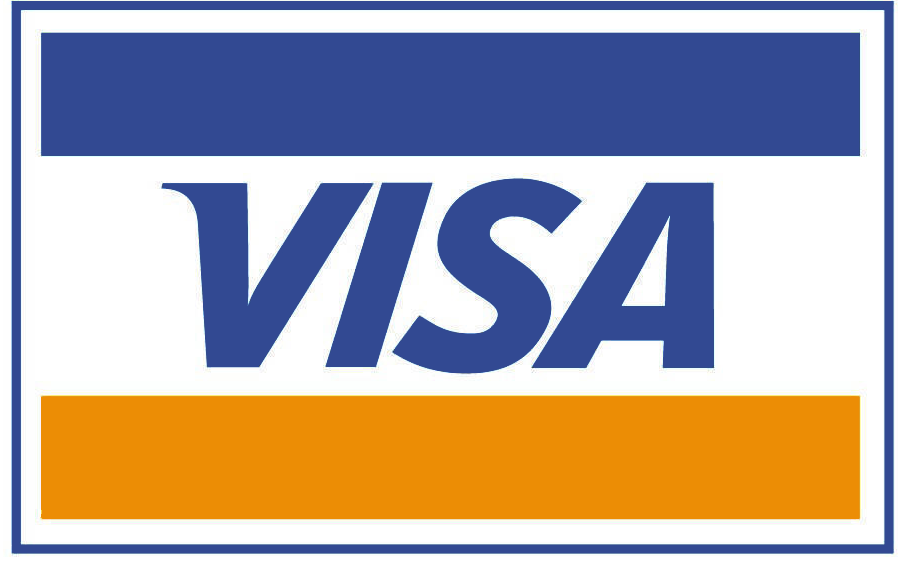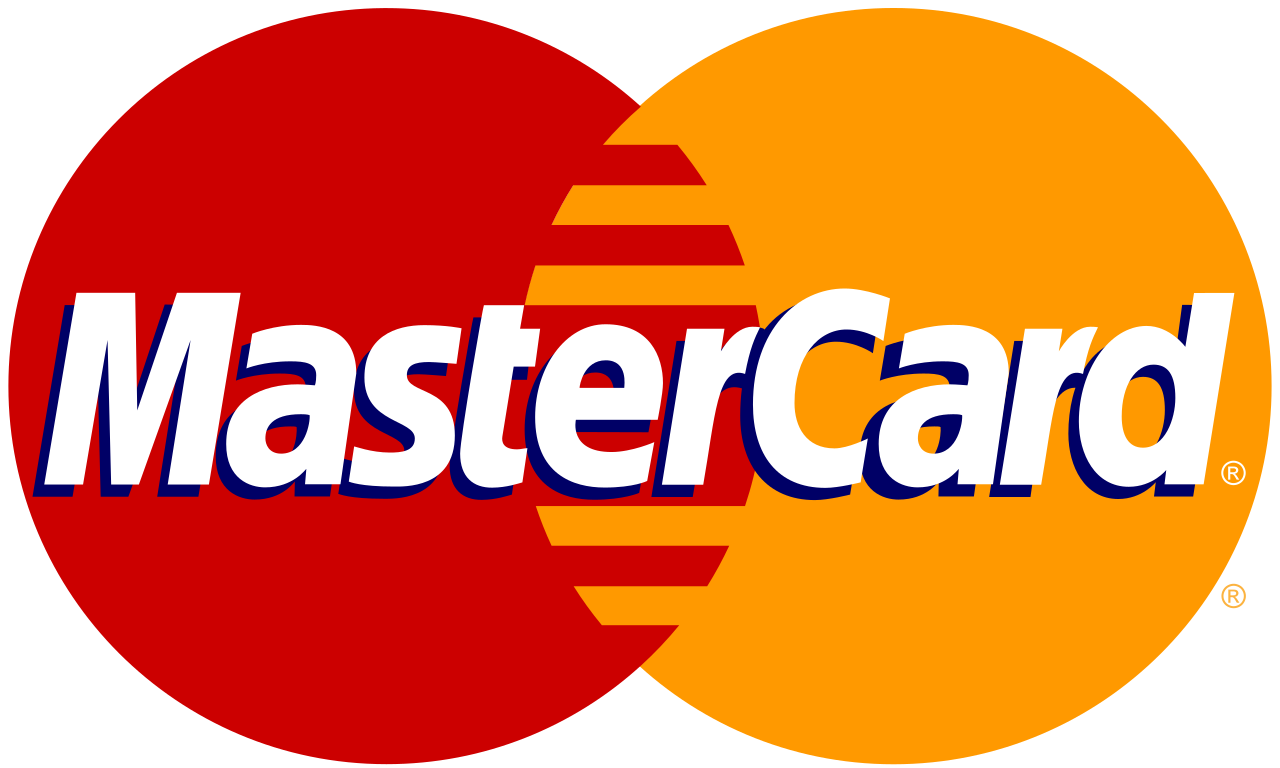Two decades ago, my TV viewing was dictated solely by cable and satellite TVs. I had no flexibility in watching what was broadcasted when it aired, whatever the show’s schedule for broadcasting. If I missed one of my favorite shows, then that meant either setting back all plans or staying up late to catch a rerun airing at an ungodly hour.
Fast forward twenty years, with the proliferation of faster internet speeds, I am now liberated from the shackles of scheduled programming. This “liberation” has given rise to the famous phrase, “cord-cutting,” which is simply switching from traditional cable and satellite TV broadcast to IPTV.
What is IPTV and how does it work?
IPTV (Internet Protocol Television) is the delivery of TV programming via the internet. Unlike traditional television, IPTV enables two-way interactivity between the user and the TV provider. Therefore, users can choose what they want to watch and when they want to watch it, i.e., Video on Demand (VOD).

Traditional TV broadcasts content in real-time, whereas IPTV utilizes servers that store broadcasted content. When a user requests a TV show, the content stored on the servers is transcoded to a digital format, sent in packets via the internet, received at the user’s location, and transcoded back into a format that the user’s TV can read and output.
If the user’s TV cannot transcode the digital format, it becomes necessary to have a set-top box connected to the TV via HDMI or AV cables. The set-top box transcodes the digital format and then sends the content onwards to the TV.
Read More: Where Do IPTV Streams Come From?
Android TV Box Bestsellers
SaleBestseller No. 1
Bestseller No. 2
Bestseller No. 3
IPTV Categories
IPTV can broadly be categorized into the following content formats:
1. Time Shifted-TV
This allows users to watch previously broadcasted content such as sports events, conferences, political debates, etc. This content is generally only available for a few days after broadcast before being phased out by the IPTV provider.
2. Live IPTV
Live TV allows the streaming of live television broadcasts straight to the user. This is quite popular with live sporting events, historic occasions, or even live breaking news.
3. Video on Demand
Video on demand is simply the access to an extensive library of video content that the user can request to watch at will. This works pretty much the same as with other OTT providers such as Netflix or Hulu.
Slow Streams or Buffering?
Are your streams loading too slow? Getting constant buffering? Not able to stream at full resolution? Check out these tips to improve your streaming experience:
- Use a modern Router that has advanced features like QoS to prioritize video content. Check out our recommended Routers for Streaming.
- If you are using a Wifi connection, be sure to check out our 9 easy steps to improve your Wifi for Streaming.
- Some Internet Service Providers throttle video streaming traffic without telling their customers. A VPN encrypts all your traffic and circumvents throttling, blocking and geographical restrictions.
What is the drawback of IPTV?
From where I stand, the only potential drawback of IPTV is the latency that sometimes occurs, especially when watching live sports. On occasion, I found out that my favorite soccer team had scored a goal one full minute after the fact due to my stream lagging.

However, this is a small price to pay for having the freedom to watch what I want when I want at a far lower cost than traditional TV.
Conclusion
Since the early 2000s, IPTV has been steadily rising, and it shows no signs of slowing down. And as our internet speeds and latencies continue to improve over time in response to new technology developments like 5G, we’ll see IPTV become even more pervasive than ever before.



